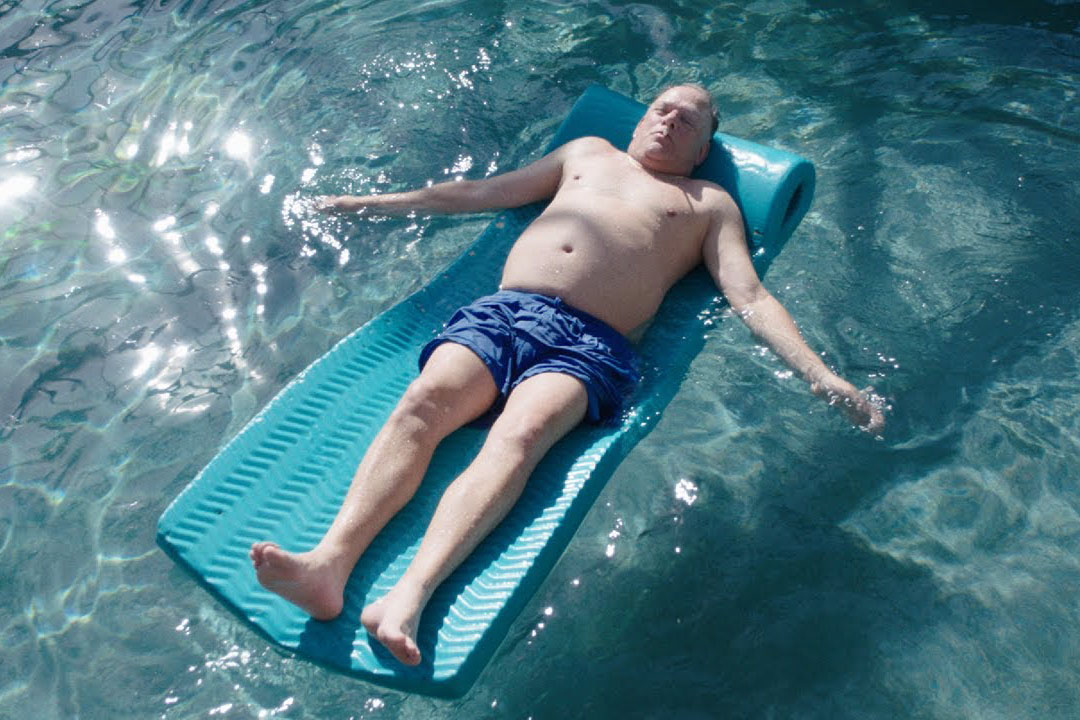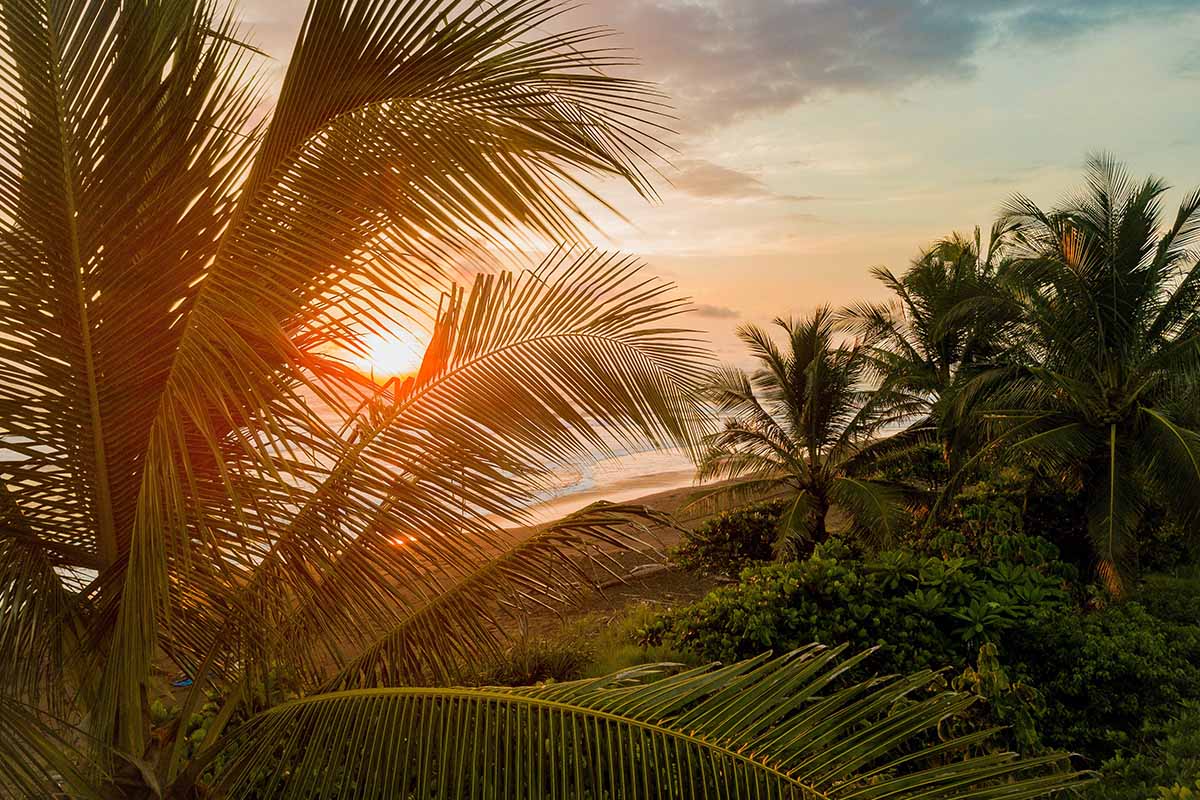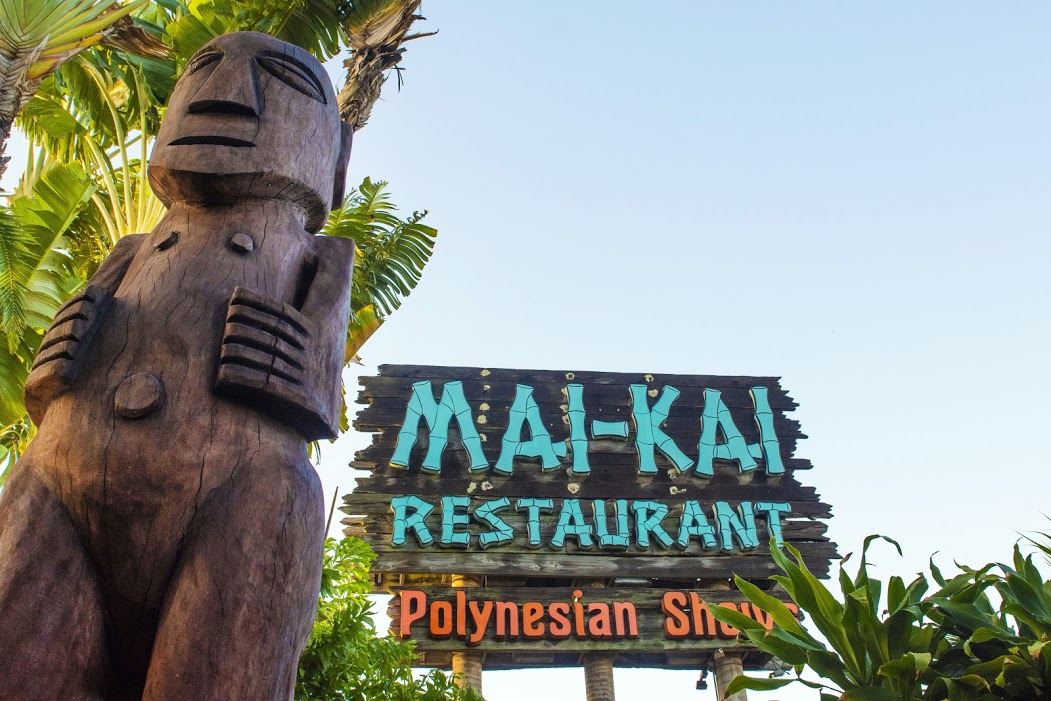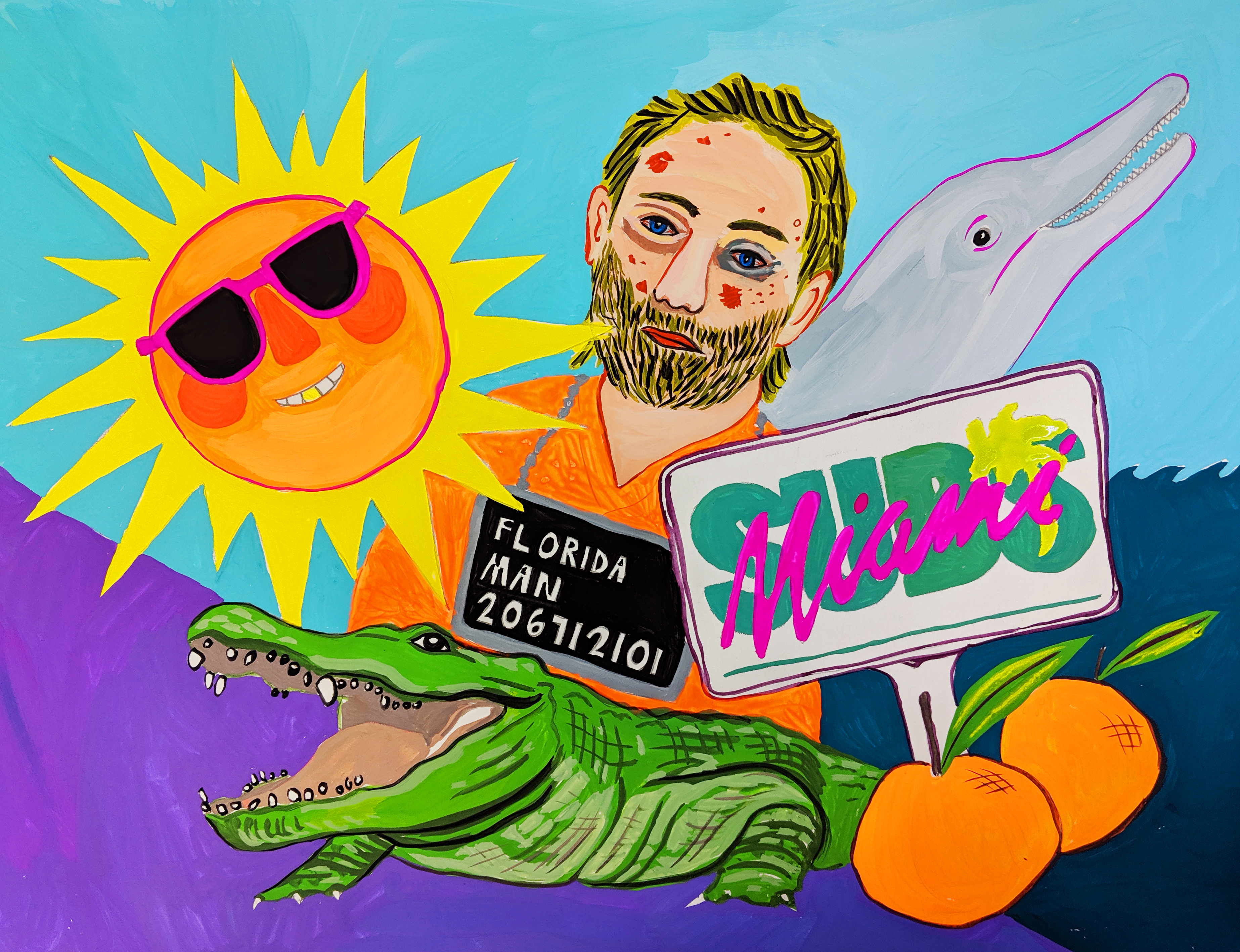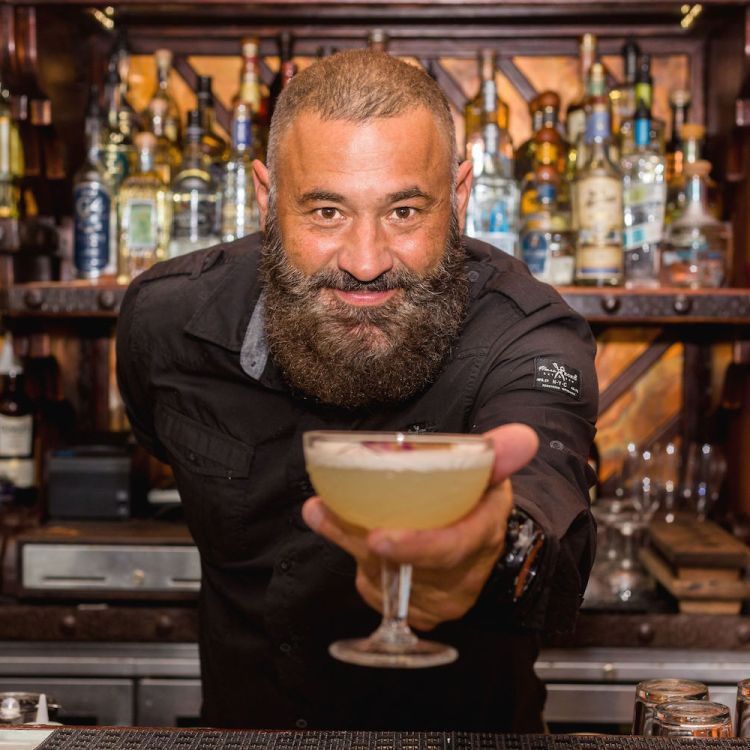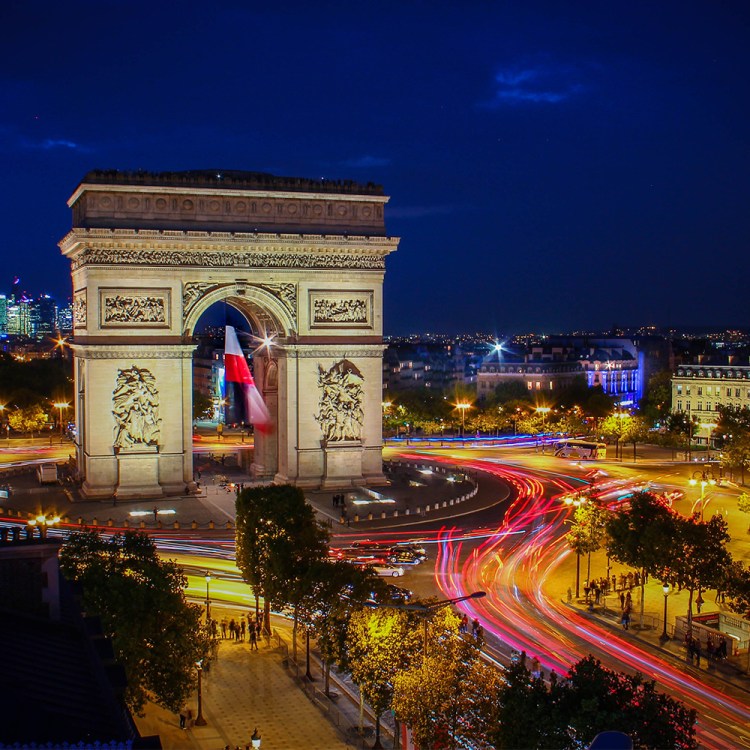The retirement mega-community known as “The Villages” sprawls out over a slice of central Florida approximately 14 miles long and five miles across, a thick rectangle of land just northwest of Orlando. The geriatric paradise offers every form of recreation known to man against an immaculately manicured backdrop, making it one of America’s fastest-growing communities at 130,000 and counting — and the setting of Some Kind of Heaven, the debut documentary feature from 24-year-old filmmaker Lance Oppenheim.
His strange, wondrous film peels back the placid surface of the so-called “Disneyland for retirees” to reveal a current of unsatisfied yearning common to a few of the more disillusioned residents, as they contend with the feeling that something’s missing in the place that supposedly has everything. Oppenheim came prepared to address the generational gap between the artist and his subjects, that of a millennial fresh from college surveying the elder limit of the Baby Boomers’ culture and pathology. Like any good nonfiction filmmaker, he knew to approach his collaborators with respect and open-mindedness, seeing them on the level as people rather than condescending to the wrinkly curiosities. What he did not realize was that “most people there were trying to attempt to return to the exact age I was when I was making the film,” Oppenheim tells InsideHook over Zoom. “Some people talked about how living there was like returning to college.”
And so the young man found himself unencumbered by his own youth. In some instances, the recent Harvard grad could only hope to keep up with the seventysomethings embracing old age with the abandon one might expect from the former stewards of the counterculture. “Reggie, for example, made me and the crew bread the first time we shot together,” Oppenheim recalls. “He said that it was important we could break bread together; we didn’t know until after the fact that it had been doused in THC oil. Everyone was along for the ride, it was fine. But yeah, plenty of moments where we had to put our cameras away and just sit with someone going through something.”
That spirit of patient, unobtrusive observation began as a more remote fascination that would grow in empathy over time. When he was still an undergrad with a handful of shorts to his name co-signed by PBS and The New York Times’ Op-Docs program, Florida native Oppenheim first got wind of The Villages after seeing some marketing videos with an uncanny flavor he describes as “Lynchian.” The commercial bearing the cheery title of “Come Visit” depicts an idealized suburb so conspicuously perfect that one gets the sense it must be hiding something. “All these videos were obviously so effective based on the fact that we’ve got over 100,000 people living there,” Oppenheim says, “but it’s in this simulated, artificially constructed world that still feels like a scene from Reagan’s ‘It’s Morning in America’ commercials.”
Residents may partake in any leisure activity imaginable, captured in lush wide shots almost entirely fixed in place by tripod. Forget about bingo and shuffleboard, though those are both options; they’ve got hot-air ballooning and water volleyball, line dancing and Indian dancing, a cheerleading corps and a club for women named Elaine. A drill team uses the ubiquitous golf carts scooting around town for zig-zagging choreographed routines, just one of more than 2,000 teams, groups and societies perpetually seeking to replenish their membership. It’s enough to occupy every waking minute of every day, which gave Oppenheim pause.
“My first shoot there, I was probably a little too dazzled by the construction of everything,” he recalls. “But I knew I wanted the movie to be about this feeling I kept noticing when I was walking around without a camera. I’d look at people’s schedules and notice that every hour of the day from 7 a.m. to 8 p.m. was filled. It’s that weird feeling where you know you’re supposed to be having the best time of your life, and so many people around you are, but not everyone is. Like a prom, or summer camp. I went to Jewish sleepaway camp, and everyone used to rag on me for reading comic books and wearing cargo shorts and being so, so unathletic. I would isolate myself and had a terrible time, and it was only once I gave into it that I started to enjoy myself. It’s that, amplified by a place of ‘holy shit, I’m in the final few chapters of my life.’ I focused on the people who could speak to that idea, and through them, that feeling was crystallized and complicated.”
From these fact-finding missions and more casual hangouts, a small cast of characters emerged. The aforementioned Reggie moved down with Anne, his wife of nearly 50 years, only for the couple to grow apart as she takes to their new surroundings while he retreats further and further into a vague spiritualism involving avid psychedelic use. Barbara came with her husband but has struggled to get into the swing of things ever since he died soon after their arrival. Eighty-one-year-old playboy Dennis does not technically live in The Villages, having parked his van in the area while he seeks out a meal ticket girlfriend and lets the heat cool off on an arrest warrant in California. They reflect a new generation of oldsters, shaped by memories of the high-living ‘60s and ‘70s rather than the prim ‘40s or picket-fenced ‘50s.
“The Villages, as an invention of the Boomer generation, was not a Disney-fied experience when it began in the ‘80s,” Oppenheim says. “It was a trailer park, then it went to a different member of the family who had a vision to turn it all into something. They had a bit of Disney envy, mostly in how they liked the Imagineering idea. They were very perceptive about how Baby Boomers actually craved an inorganically organized landscape like that, an alternate vision of what America used to be, or how they imagine it having been. A utopia, but a fake utopia based on an America that doesn’t really exist.”
Oppenheim forged unlikely connections to his participants due to his age, but it wasn’t always a boon when the time came to get his movie out into the world. Made on the cheap with the director’s sister serving as a producer, Some Kind of Heaven was completed through the tireless self-starterism on which the indie film circuit was built. Before the Times’ Op-Doc series of nonfiction shorts gave him a shot, Oppenheim spent years banging on the door of their open submissions form in futility. He came to learn that he could get his foot in that very same door by getting creative with his email account. “Before I even got to college, I was a real pest online,” he laughs. “I was always persistently emailing people whose stuff I admired. It’s amazing how many people just use firstnamelastname@studio.com. I also love when you can tell someone’s email is from before they started getting big, like it’s still babydoll438 or something.”
This was how he got in contact with fellow Harvard man Darren Aronofsky, who would eventually come onboard as an additional producer in a major coup for Oppenheim. “If you’re making something, you can’t just expect that someone important might stumble upon it,” he says. “You’ve got to make them aware of it, somehow. With Darren, I never got his email right. Kept getting kicked back. I eventually found what appeared to be his producer’s email address, finally figured his out, and sent him an email every four months for about three and a half years My senior year in undergrad, I get a note back from one of his executives like, ‘Please stop.’ But they let me send them a sizzle reel for this, and I played up how much other people were interested in it. Much to my surprise, I got an email from Darren like, ‘Hey, meet me here tomorrow.’ I told him I was in Boston, and he was like, ‘That’s fine, you can get to New York by tomorrow.’”
Though the pandemic robbed him of much of the fun that comes with being a guy in your early twenties touring a well-reviewed debut endorsed by a big-name auteur around the festival circuit, he says he feels “very fortunate that the movie has had a premiere at all.” (“I try not to be woe-is-me, there are way more important things happening in the world,” he adds.) He plans to continue in the documentary vein with another feature already in progress, and he’s also in the embryonic stages on a fiction project loosely adapting one of his shorts. In either capacity, he wants to keep immersing himself in humanity’s obscurer pockets, and rendering the bizarre comprehensible and sympathetic. As he proved in those early days back in The Villages, he’s committed to the work of upholding of an original, independent cinema. It’s how you know he’s joking when he gives his smart-aleck faux-answer to the question of what he’s doing next:
“It’s all good,” he deadpans. “I’m making the next big Marvel movie, so I’m set.”
This article appeared in an InsideHook newsletter. Sign up for free to get more on travel, wellness, style, drinking, and culture.
